Harvesting Cranberries: How And When To Pick Cranberries
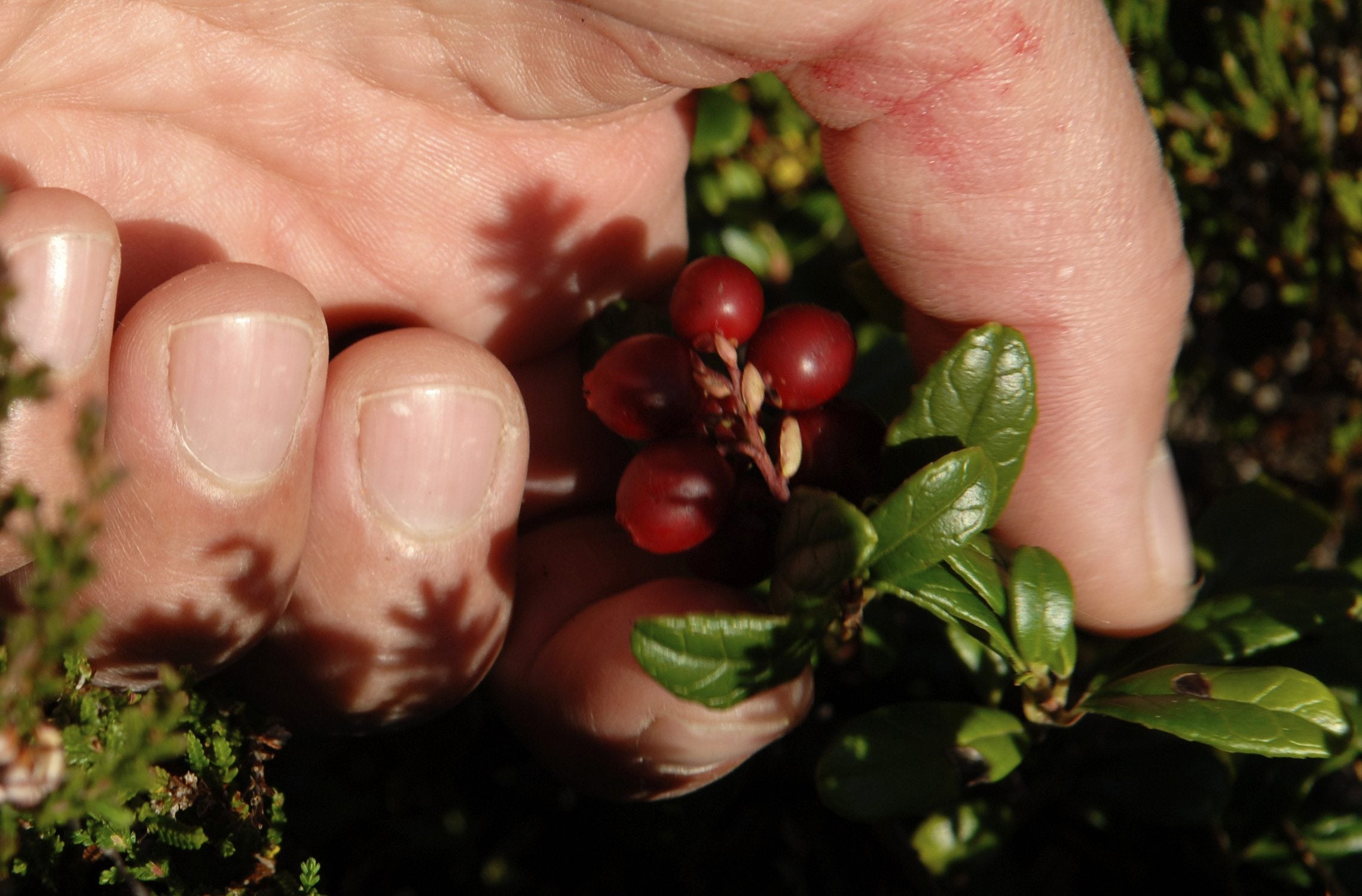
Due to their high concentration of vitamin C and antioxidant properties, cranberries have become an almost daily staple for some, not just relegated to their annual use on Thanksgiving. This popularity may have you wondering about picking your own cranberries. So how are cranberries harvested anyway?
How to Harvest Cranberries
Commercially grown cranberries are known as the American cranberry (Vaccinium macrocarpon) or sometimes referred to as lowbush. They are actually woody, perennial vines that can stretch out runners to 6 feet (2 m.). When spring arrives, the vines send out upright sprouts from the runners, which then produce flowers followed by cranberries in the fall. These commercially grown lowbush varieties of cranberry are grown in bogs, a wetland ecosystem consisting of sphagnum moss, acidic water, peat deposits, and a mat-like substance on the water’s surface. The bog is layered with alternating strata of sand, peat, gravel, and clay and is a specific environment that cranberries are well suited to. In fact, some cranberry bogs are more than 150 years old! All very interesting, but not really getting us to how farmers harvest cranberries or when to pick cranberries.
When to Pick Cranberries
In the early spring, the cranberry runners begin to flower. The flower is then pollinated and begins to develop into a small, waxy, green berry which continues to mature throughout the summer. At the end of September, the berries have ripened enough and harvesting cranberries begins. There are two methods of harvesting cranberries: dry harvesting and wet harvesting.
How are Cranberries Harvested?
Most commercial farmers use the wet harvest method because it reaps the most berries. Wet harvesting gets about 99 percent of the crop while dry harvesting only gets about one-third. Wet harvested berries must be heat processed and made into juice or sauce. So how does wet harvesting work? Cranberries float: they have pockets of air inside, so flooded bogs facilitate the removal of the fruit from the vine. Water reels or “egg-beaters” stir the bog water up, which agitates the berries from the vines causing them to float up to the surface of the water. Then plastic or wood "booms" round up the berries. They are then lifted to a truck via a conveyor or pump to be taken away for cleaning and processing. More than 90 percent of all commercial cranberries are harvested in this manner. Picking cranberries using the dry method yields less fruit, but that of the highest quality. Dry harvested cranberries are sold whole as fresh fruit. Mechanical pickers, much like large lawnmowers, have metal teeth for plucking cranberries from the vine which are then deposited into burlap sacks. Helicopters then transport the picked berries to trucks. A bounce board separator is used to distinguish the fresh berries from those that are past their prime. The firmest, freshest berries bounce better than old or damaged fruit. Before machines were invented to aid in harvesting cranberries, 400 to 600 farm workers were needed to hand pick the berries. Today only about 12 to 15 people are needed to harvest the bogs. So, if you’re growing and picking your own cranberries, either flood them (which may be impractical) or dry pick them. To do this, make sure it’s dry outside. Good berries for picking should be firm to the touch and a red to dark crimson color. After harvesting, you can try the "bounce test" against a flat surface to ensure your ripe cranberries are nice and springy.
Gardening tips, videos, info and more delivered right to your inbox!
Sign up for the Gardening Know How newsletter today and receive a free copy of our e-book "How to Grow Delicious Tomatoes".

Amy Grant has been gardening for 30 years and writing for 15. A professional chef and caterer, Amy's area of expertise is culinary gardening.
-
 Try The Trend – Turn Any Bed Into A Keyhole Garden With This Clever In-Ground Composter
Try The Trend – Turn Any Bed Into A Keyhole Garden With This Clever In-Ground ComposterKeyhole gardening is an efficient and sustainable practice that saves space. Get started on this DIY project quickly and easily with an in-ground composter.
By Bonnie L. Grant
-
 4 Superfast Composting Methods: Turn Waste Into Garden Gold In 30 Days Or Less
4 Superfast Composting Methods: Turn Waste Into Garden Gold In 30 Days Or LessTry the fastest composting methods to turbocharge your pile and transform kitchen scraps and garden waste into finished compost in just a few weeks.
By Mary Ellen Ellis
-
 Growing Cranberries From Cuttings: Tips For Rooting Cranberry Cuttings
Growing Cranberries From Cuttings: Tips For Rooting Cranberry CuttingsRooting cranberry cuttings may require some patience, but for the dedicated gardener, that's half the fun. Interested in trying your own cranberry cutting propagation? Find out how to root cranberry cuttings in this article. Click here for more info.
By Amy Grant
-
Preventing Cranberry Diseases: How To Treat A Sick Cranberry Plant
Cranberries are a quintessentially American fruit that not many people even realize they can grow at home. If you?re one of the lucky few who have cranberries in their garden, odds are you?re very protective of them. Learn how to treat a sick cranberry plant in this article.
By Liz Baessler
-
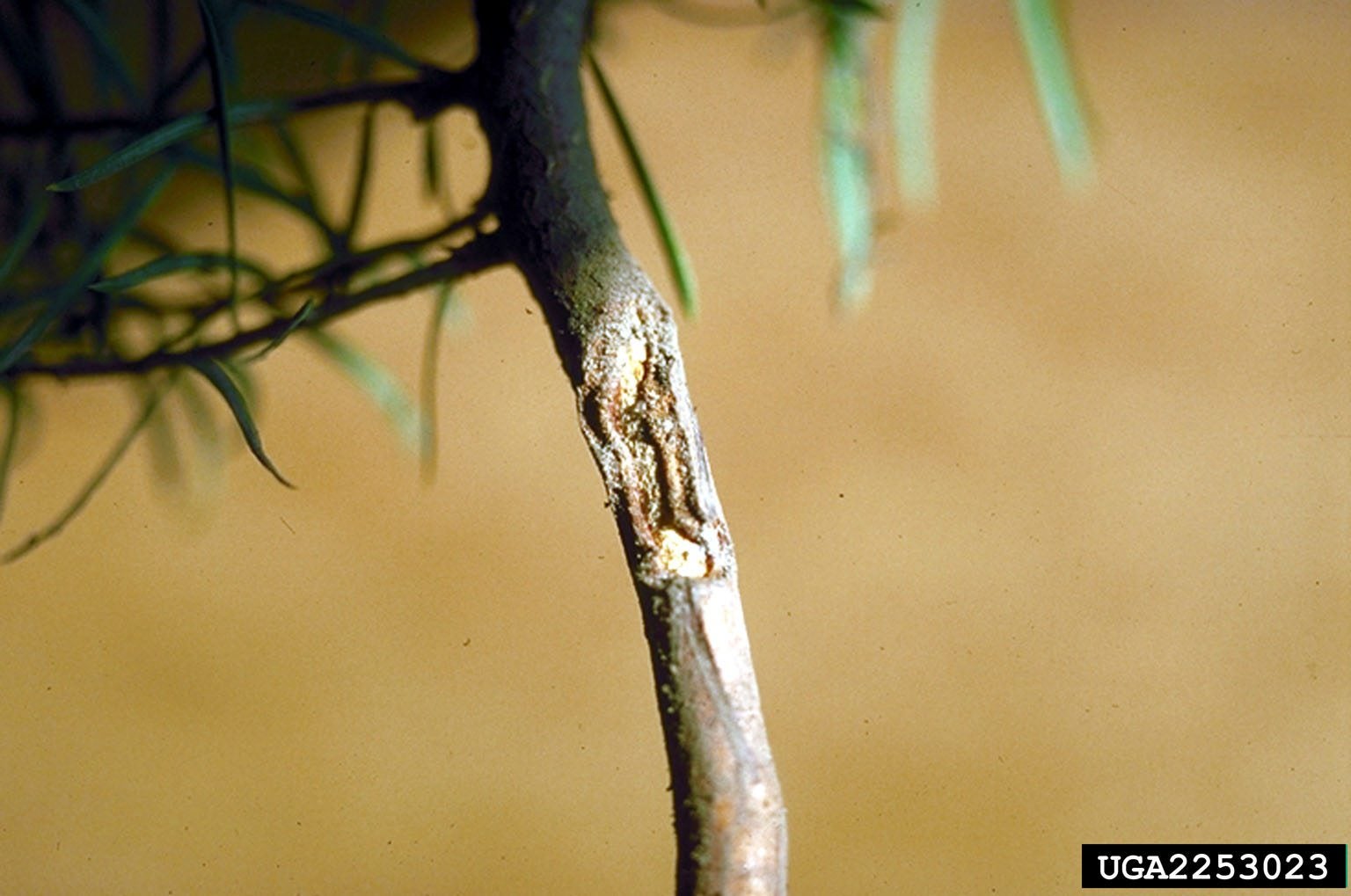 Cranberry Insect Pests: How To Treat Pests On Cranberries
Cranberry Insect Pests: How To Treat Pests On CranberriesCranberries are wonderful fruits that not many people think they can grow at home. If you?re one of the lucky few with your very own cranberry vines, you might be devastated by the sudden invasion of insects. Learn more about cranberry pest management here.
By Liz Baessler
-
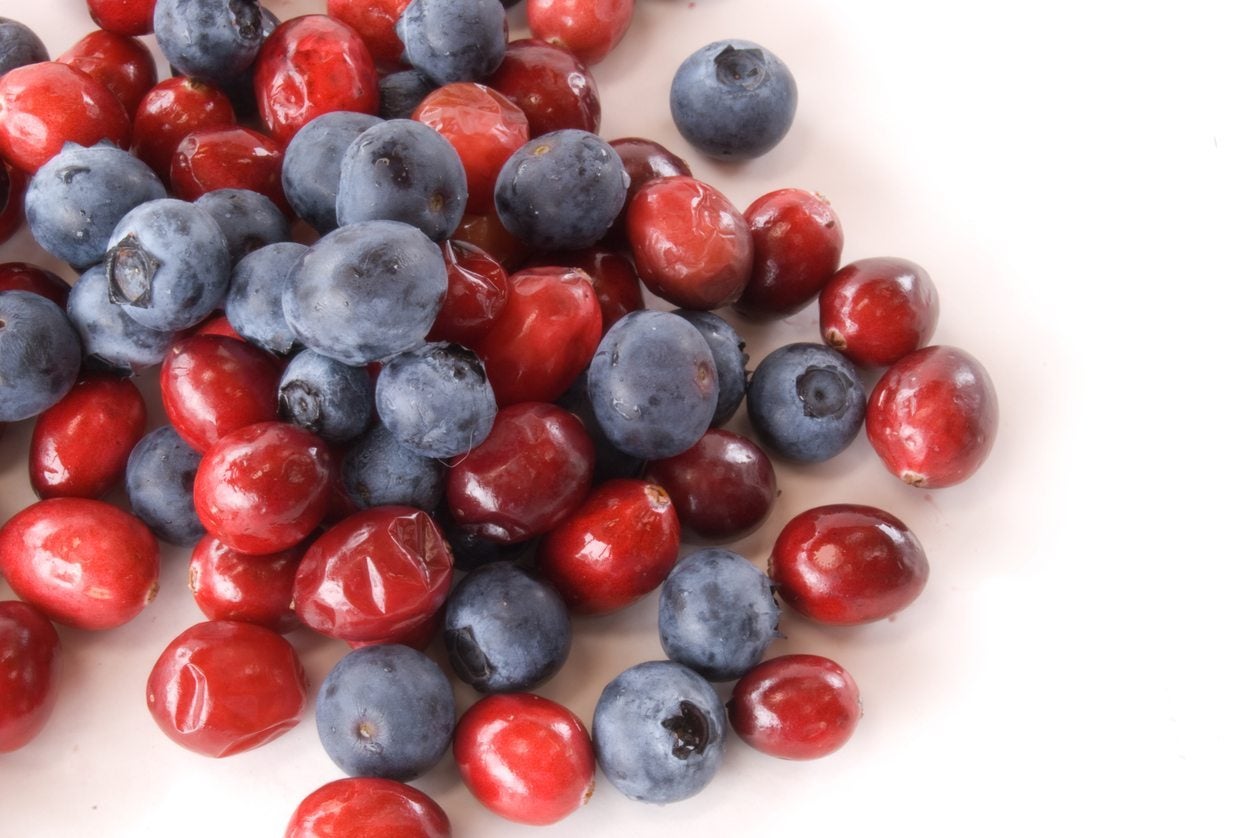 Cranberry Companion Plants: What To Grow Near Cranberries
Cranberry Companion Plants: What To Grow Near CranberriesWhenever you decide to plant anything, you should learn about the plants that are companions to it in order to maximize your plants? performance. This is exactly what I did with my cranberry plants. Click here to learn more about plants that grow well with cranberries.
By Shelley Pierce
-
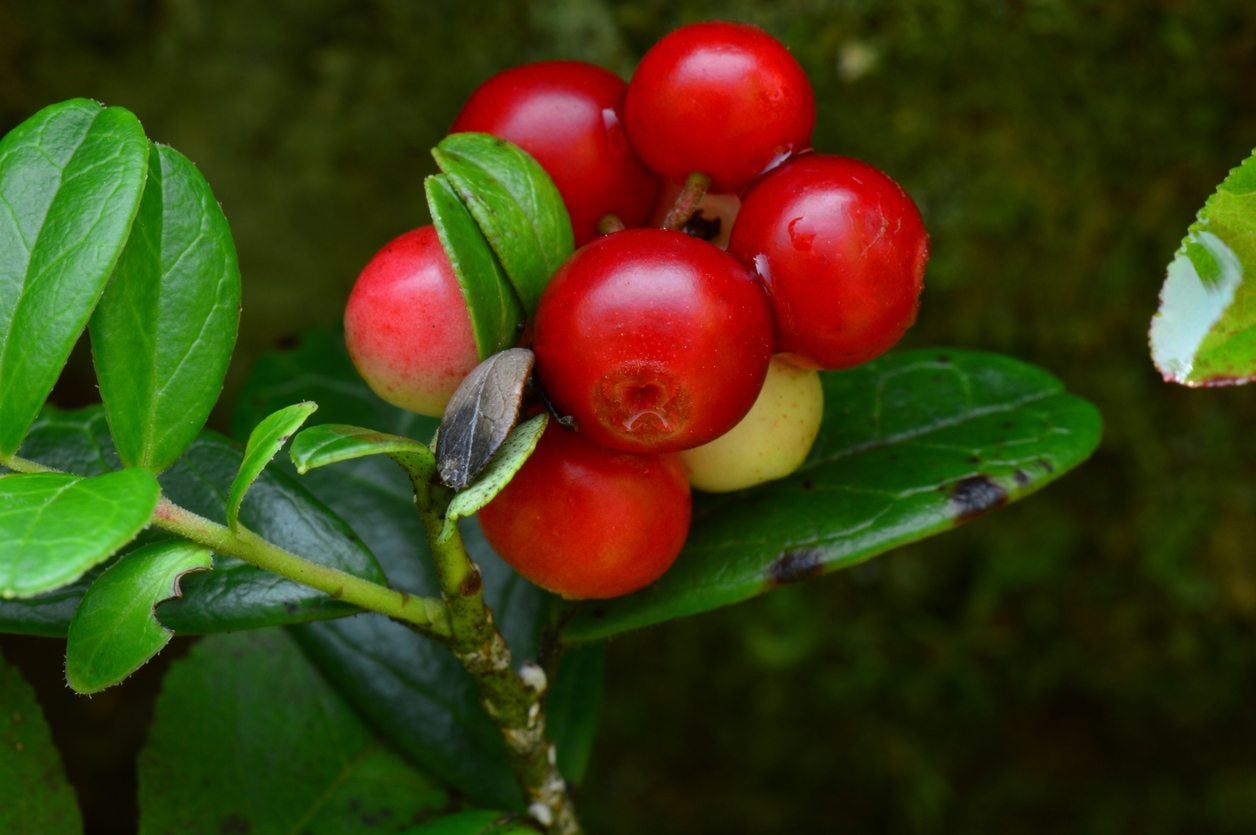 Problems With Cranberries: Common Fixing Cranberry Diseases And Pests
Problems With Cranberries: Common Fixing Cranberry Diseases And PestsIf you?re looking for an unusual addition to your garden this year, cranberries are where it?s at. But before you dive into the bog head first, make sure you read up on some of the most common problems that can affect this sweet tart of a crop. This article will help.
By Kristi Waterworth
-
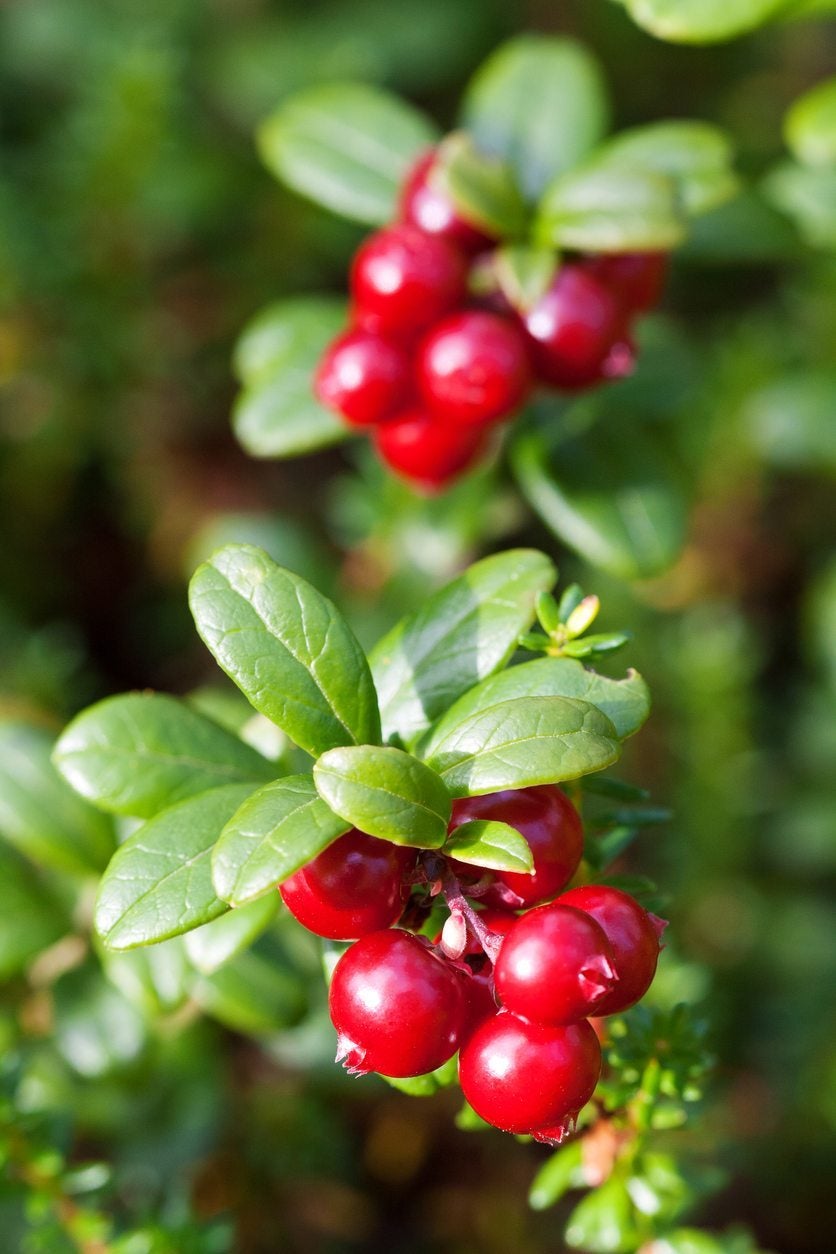 Potted Cranberry Plants – Tips On Growing Cranberries In Containers
Potted Cranberry Plants – Tips On Growing Cranberries In ContainersBerry producing plants like cranberries are now being added to multi-functional container designs. You may be thinking: hold on a minute, potted cranberry plants? Don't cranberries grow in large bogs? In this article, we will discuss growing cranberries in containers.
By Darcy Larum
-
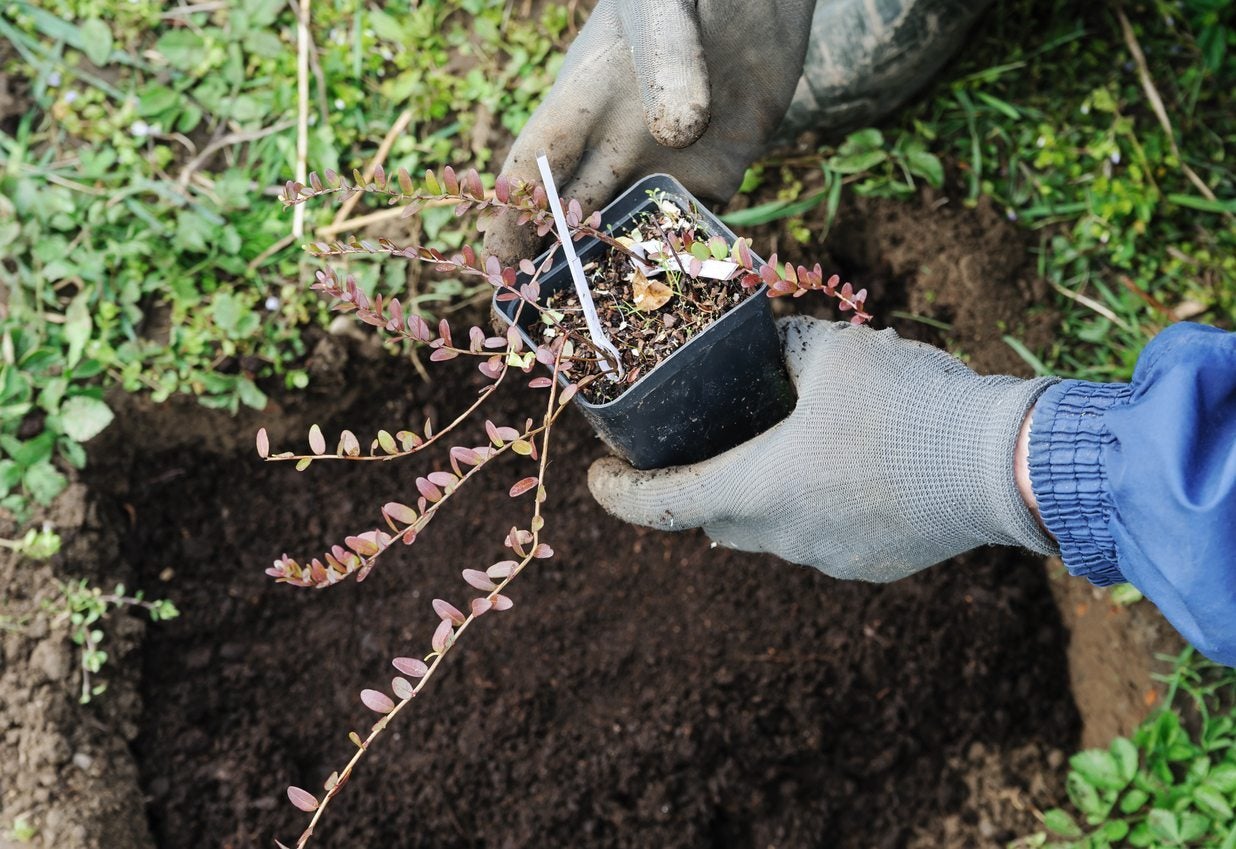 Cranberry Propagation Tips: How To Propagate Cranberries In The Garden
Cranberry Propagation Tips: How To Propagate Cranberries In The GardenHave you ever wondered how to propagate cranberries? If you, too, are interested in cranberry propagation, click on the following article to find out useful information on reproducing cranberries. Learn more here.
By Amy Grant
-
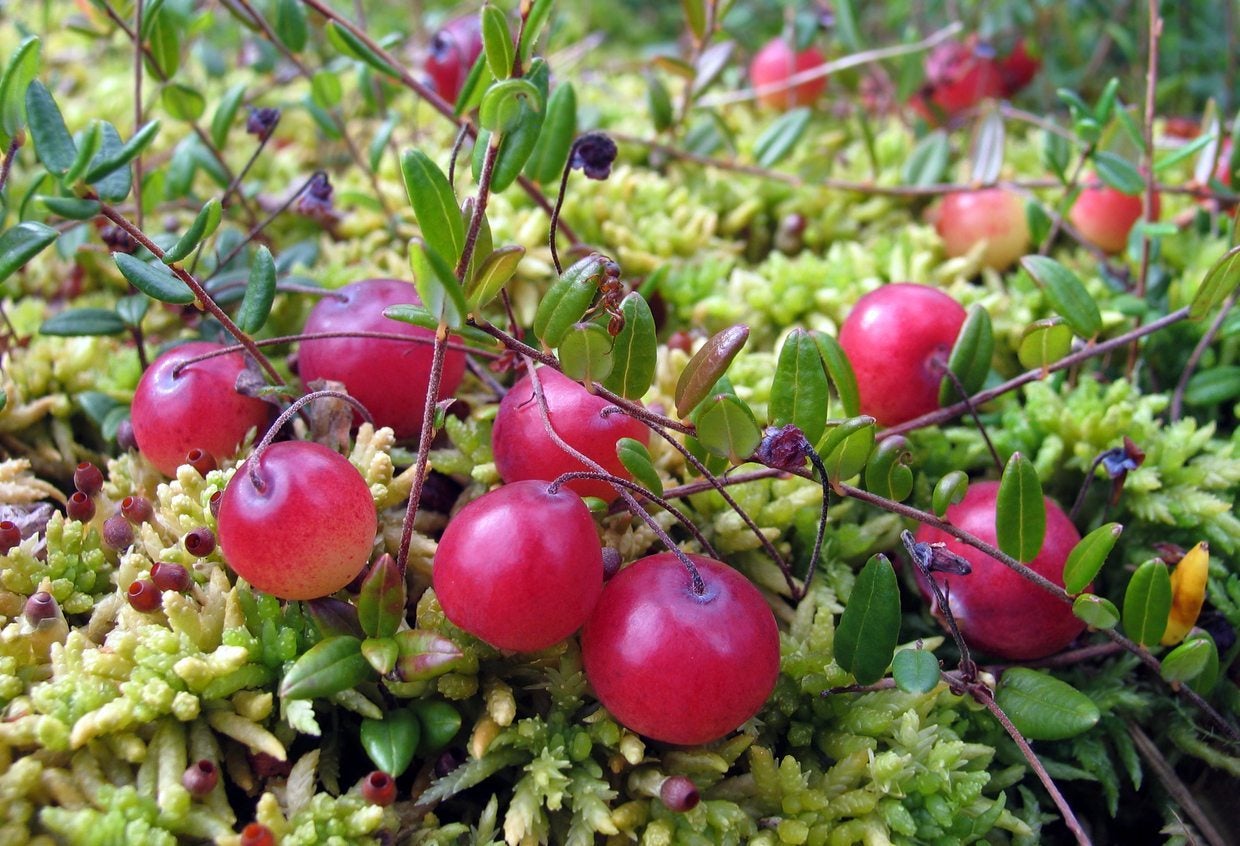 Different Cranberry Varieties: A Guide To Common Types Of Cranberry Plants
Different Cranberry Varieties: A Guide To Common Types Of Cranberry PlantsCranberry season is looked forward to and celebrated from fall into winter. Yet, even cranberry devotees may not know much about this little berry, including different cranberry varieties because, there are several varieties of cranberry. Learn about them here.
By Amy Grant